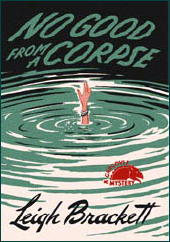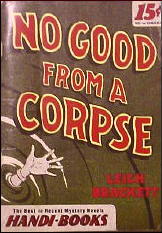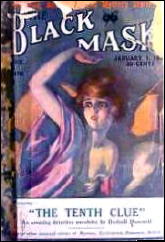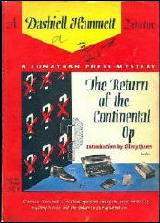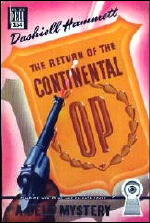Thu 13 Apr 2017
A Movie Review by Jonathan Lewis: THE NIGHT VISITOR (1971).
Posted by Steve under Horror movies , Reviews[2] Comments
THE NIGHT VISITOR. Universal Marion Corporation, 1971. Max von Sydow, Trevor Howard, Liv Ullmann, Per Oscarsson, Rupert Davies, Andrew Keir. Director: László Benedek.
Before there was such a thing as the slasher film genre, there was The Night Visitor. Directed by László Benedek (The Wild One), this English-language Swedish film is a brooding psychological thriller, albeit one punctuated by moments of extreme, brutal violence. Set in a small, somewhat isolated Swedish town beset with winter snow, the story follows the devious scheme hatched by Salem (Max Van Sydow in an standout performance), an inmate at an asylum for the criminally insane, to wreak havoc and to exact revenge on those who framed him for a crime he did not commit.
Salem isn’t a particularly bright man, but he’s devised an ingenious, if highly implausible, method to escape from his cell at the asylum. He does so in such a methodical and successful manner that he is able to leave his cell, abscond into the Swedish landscape, and to avenge himself upon those who he — rightfully — believes have wronged him two years ago when he was framed for the murder of a farmhand. When he returns to his cell, however, he has an iron-clad alibi.
Among Salem’s targets are his sister Ester (Liv Ullmann), and her husband, Anton (Per Oscarsson). He also targets three other people: Anton’s sister, his former lover, and the lawyer who was bribed into changing Anton’s plea into not guilty by reason of insanity.
Once bodies start showing up in his small town, the local police inspector (Trevor Howard) begins to investigate whether it is just possible that Salem is the one committing the crimes after all. But he’s not entirely convinced that Anton is innocent either. Howard is nearly flawless in his portrayal of an elderly, somewhat cynical, policeman who isn’t so easily impressed by or intimidated by any one who comes between him and his quest for the truth.
Overall, The Night Visitor isn’t a superb movie, but it’s a good one. The tension is palpable throughout and the stark, wintry Scandinavian landscape lends the film an atmosphere that is hard to beat. Although one may end up finding Salem’s nearly magical escape methods to be somewhat laughable, the movie’s bleak, brooding nature makes up for whatever implausible plot devices are utilized to tell the story of a man who literally went crazy when he was unjustly imprisoned in an asylum.
